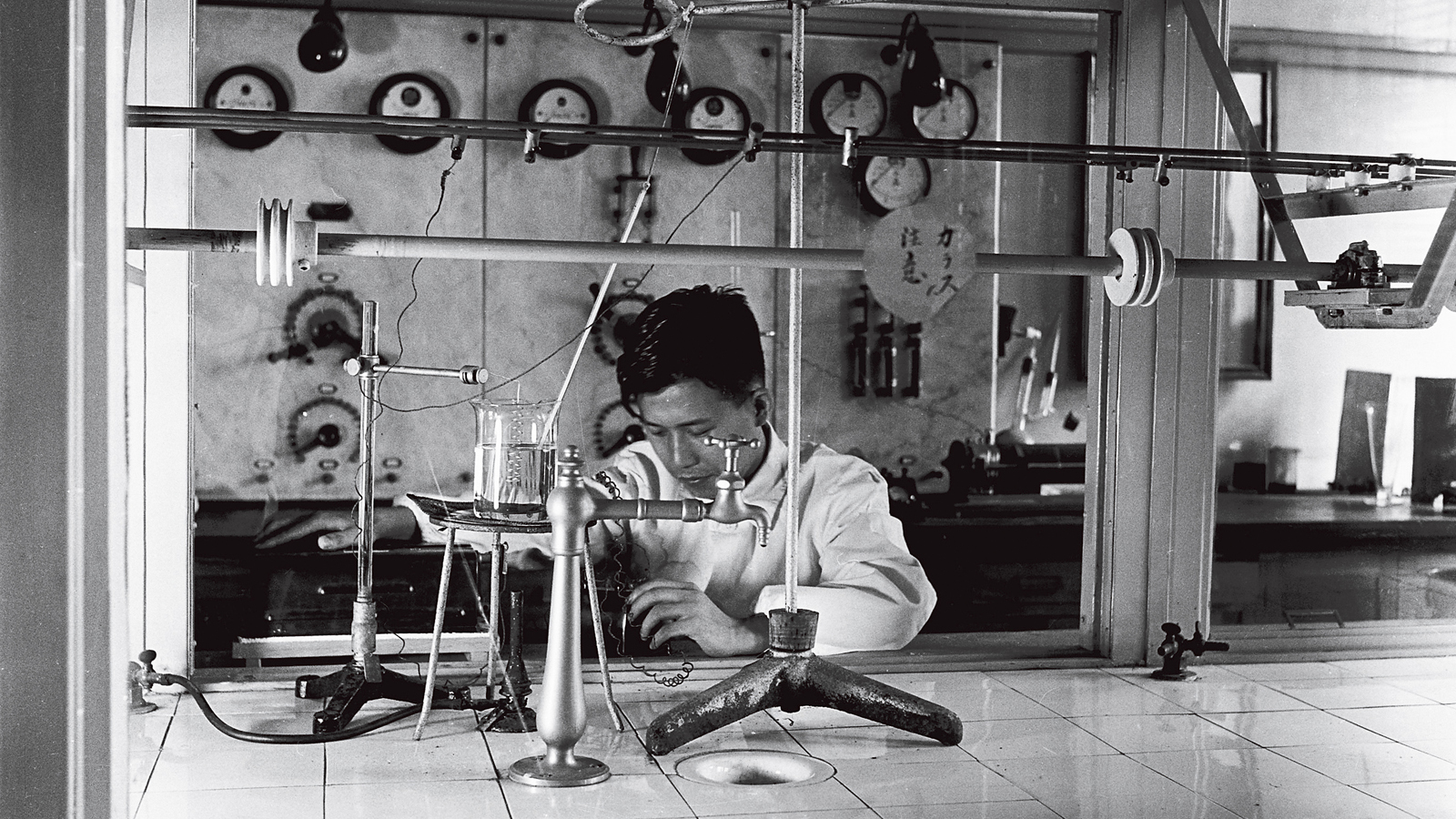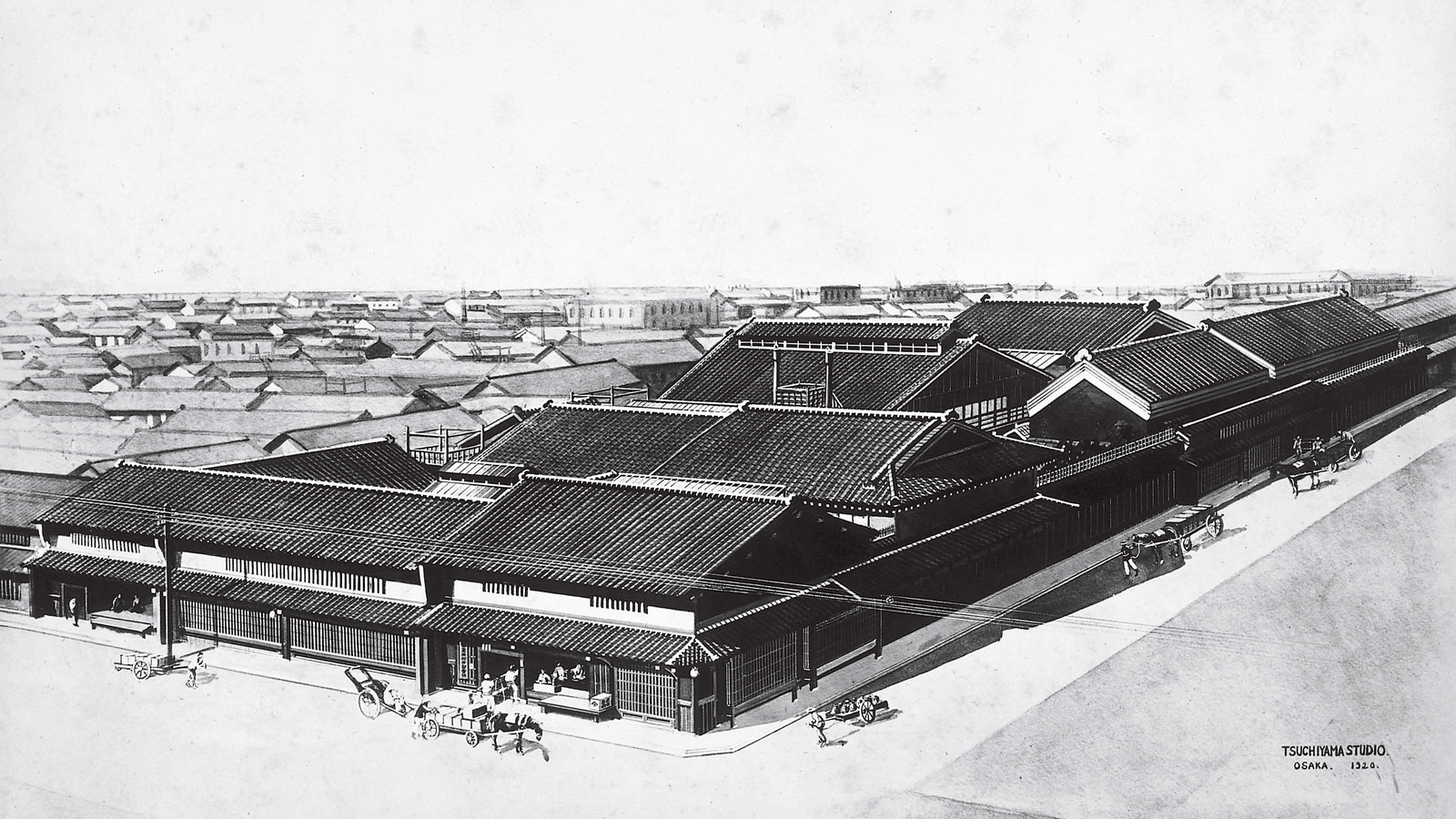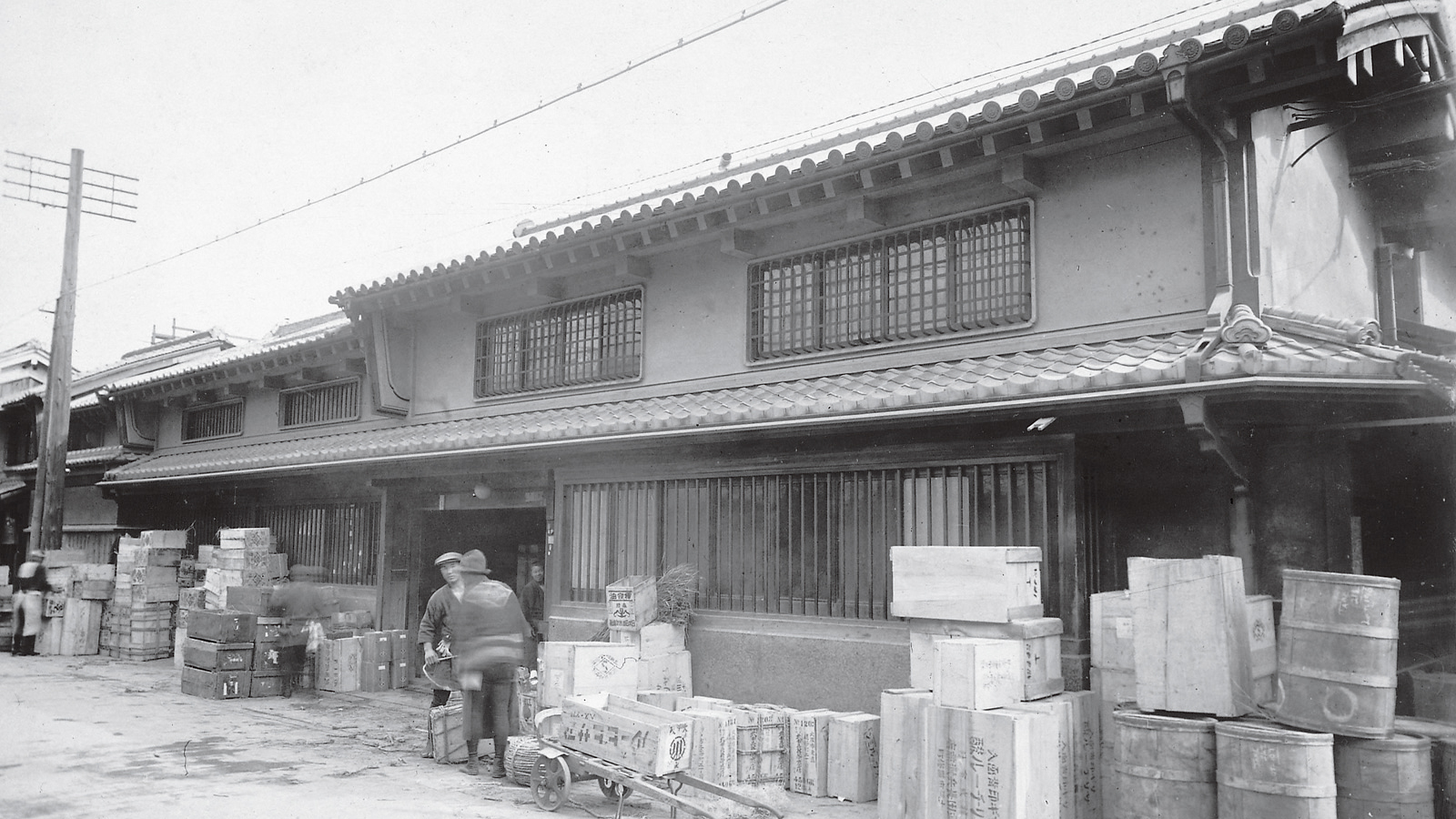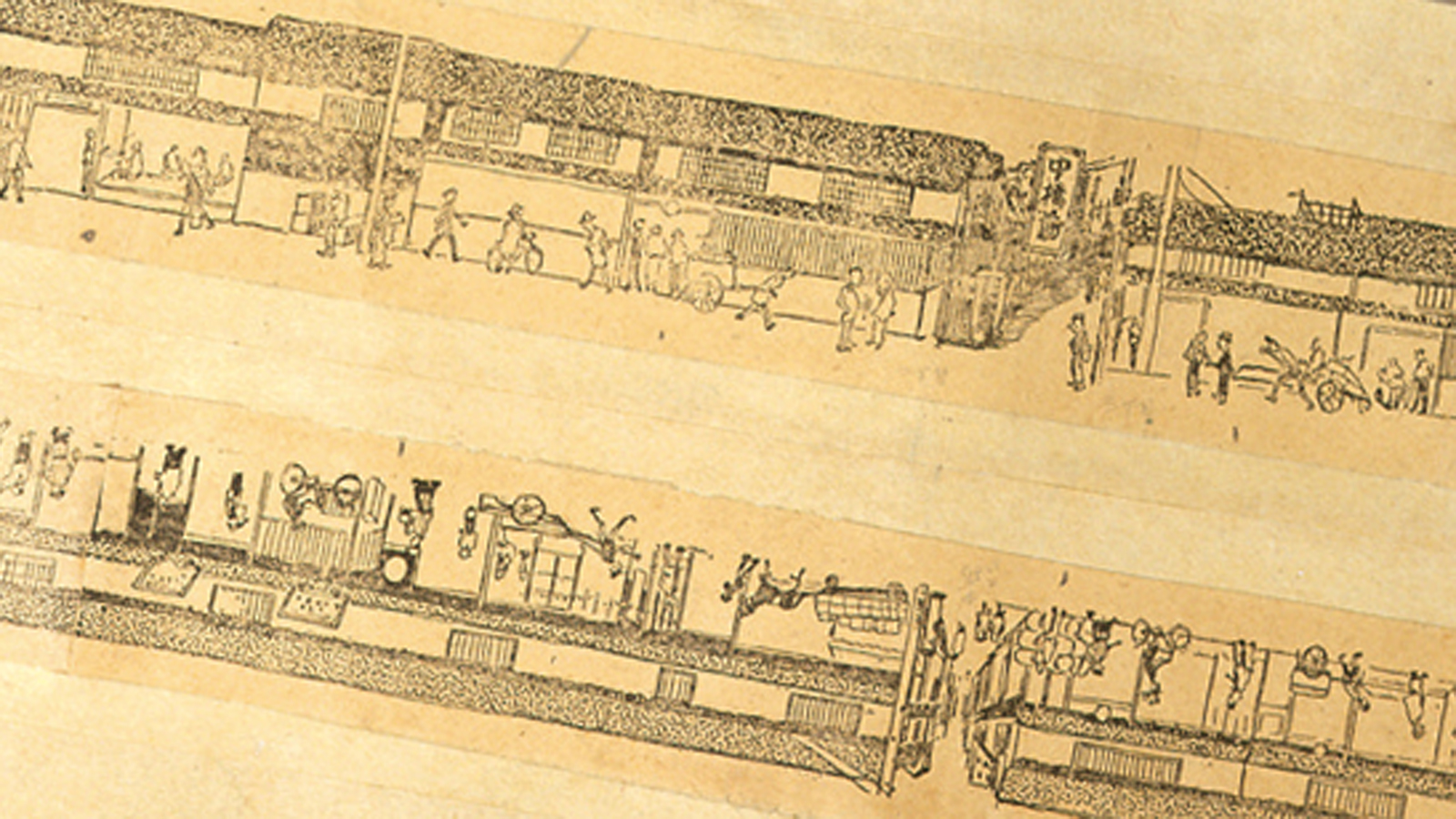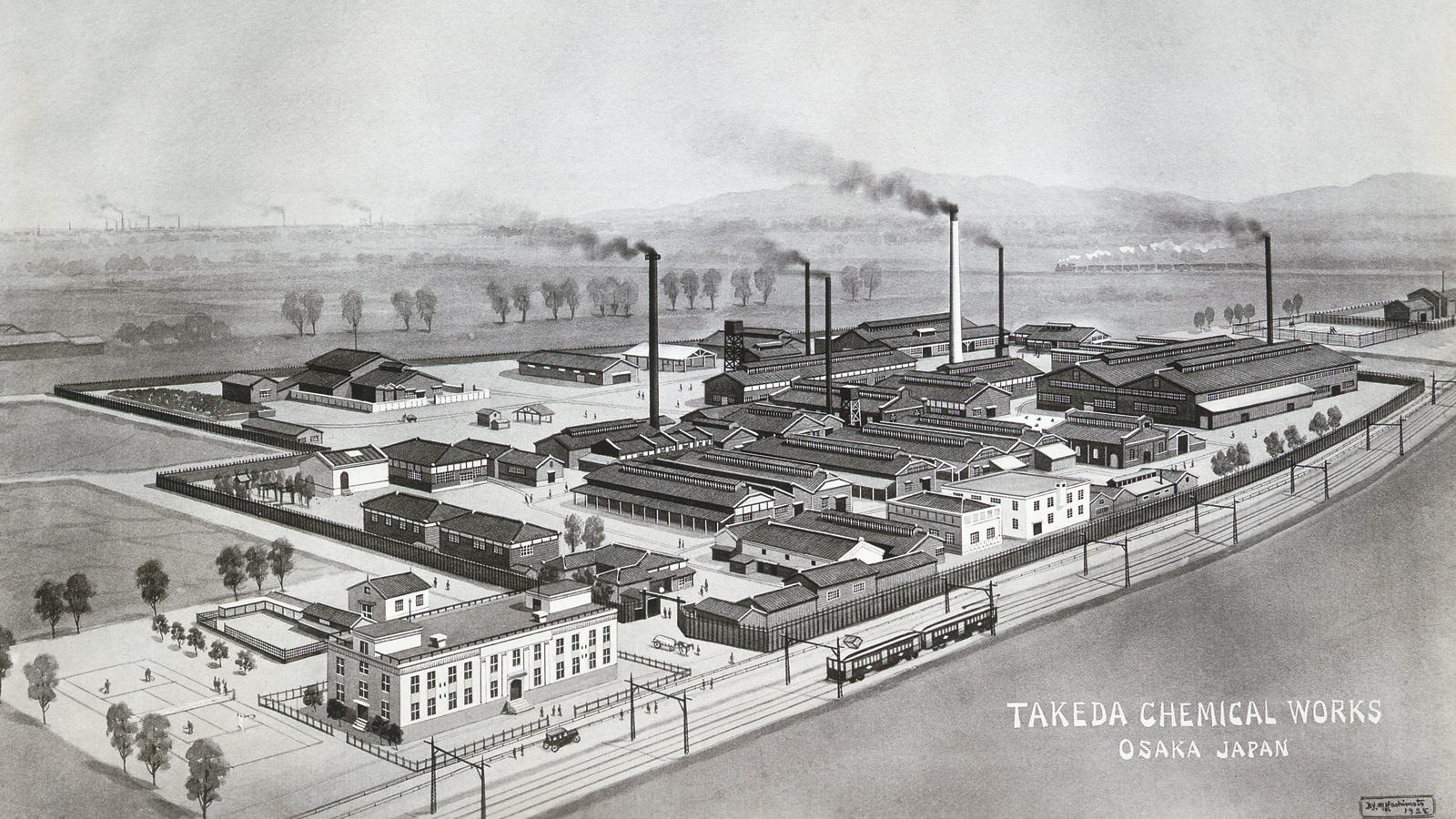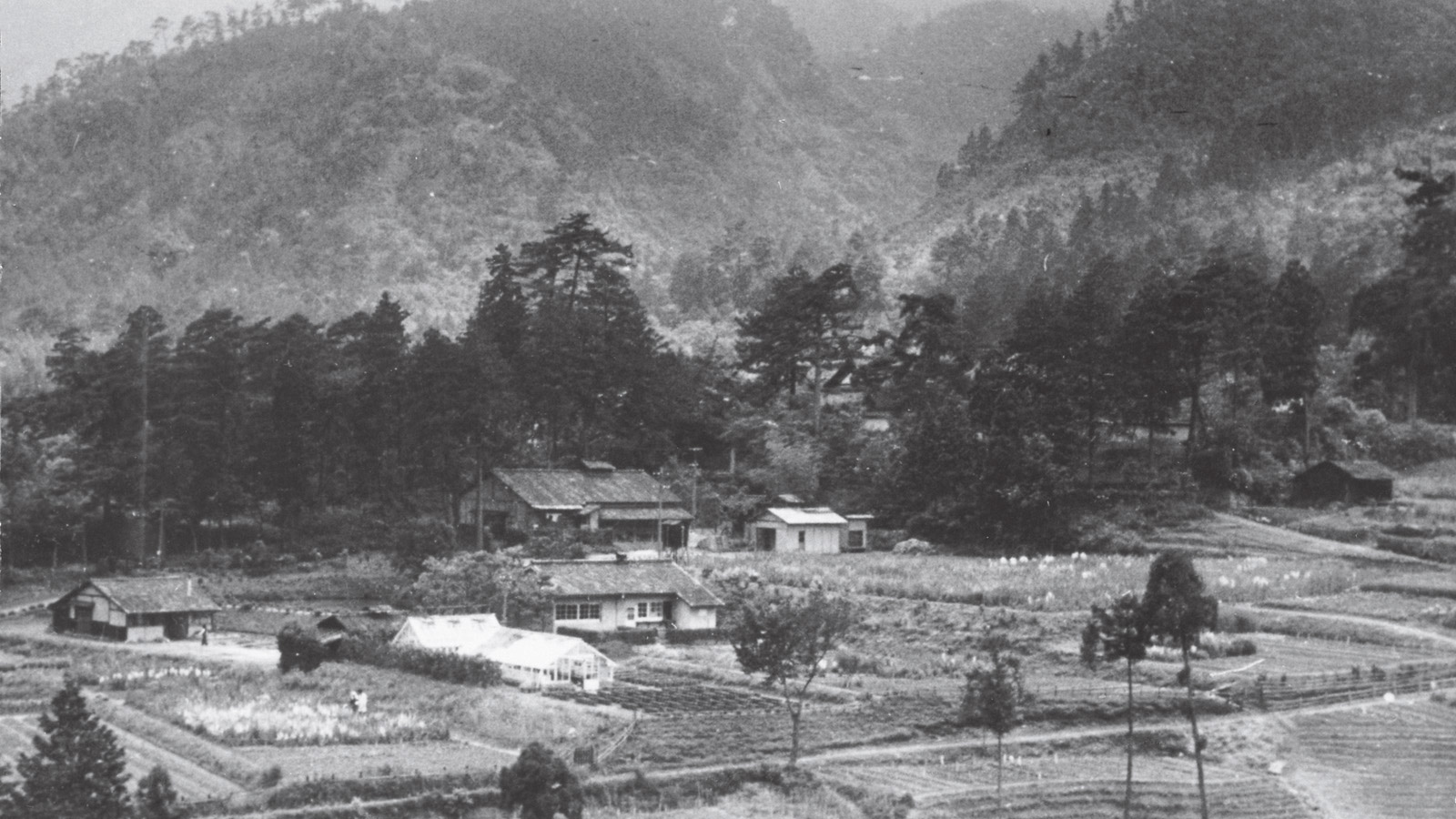
Better Health, Brighter Future
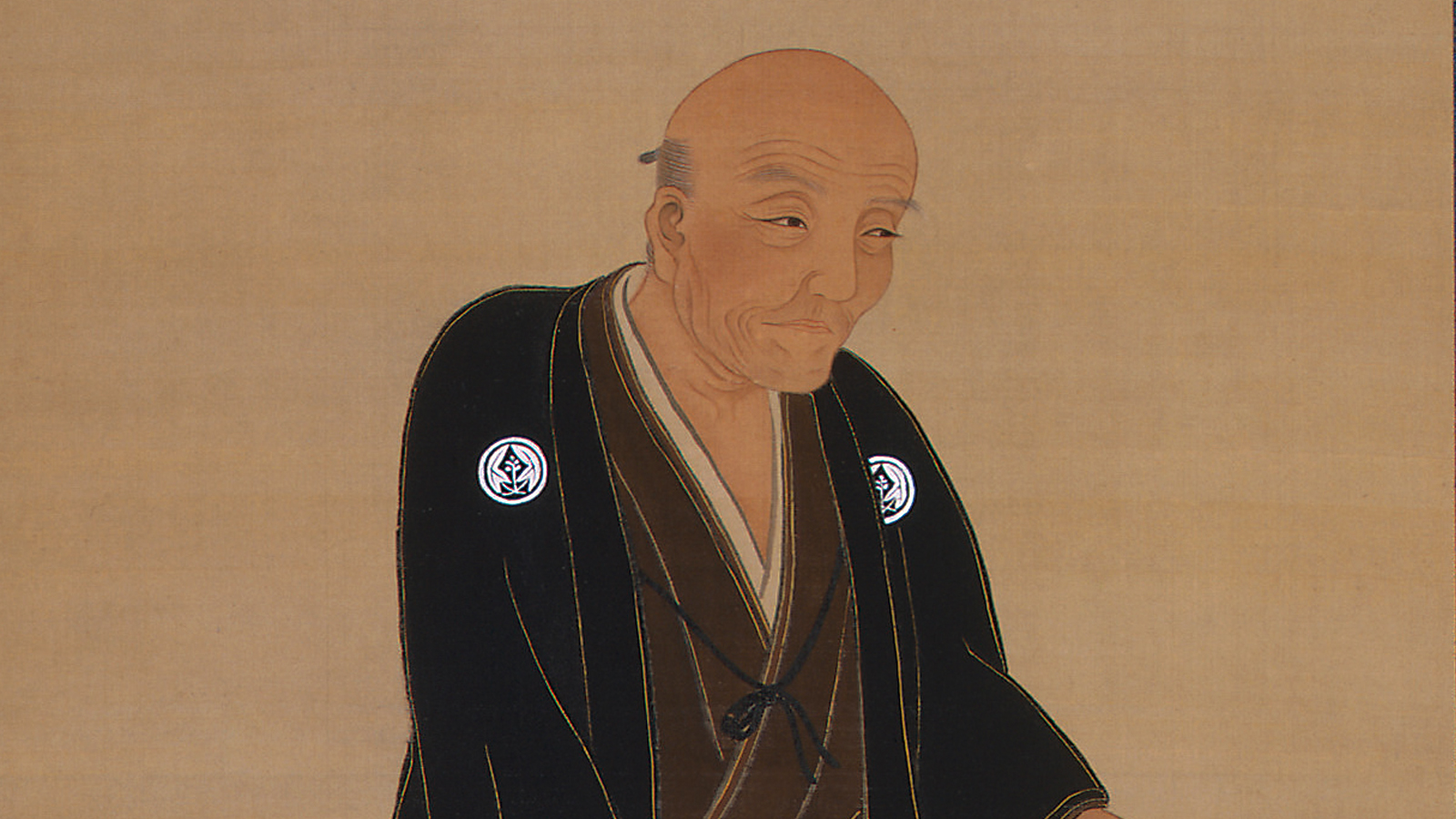

Chobei Takeda IV led other medicine retailers in turning his attention to Western medicine. He formed a cooperative union for purchasing Western medicines in Yokohama and began transactions with foreign trading companies. Western medicines imported at the time included quinine, an anti-malaria drug, and phenol, an anti-cholera drug.
Takeda began direct imports from England, the U.S., Germany, Spain and other countries around 1895, and in 1907 obtained exclusive sales rights in Japan for products from the German company Bayer. Thus, the business that began as a shop selling old-fashioned Japanese and Chinese remedies steadily increased its selection of Western medicines, before shifting its basic orientation toward this kind of medicine.

